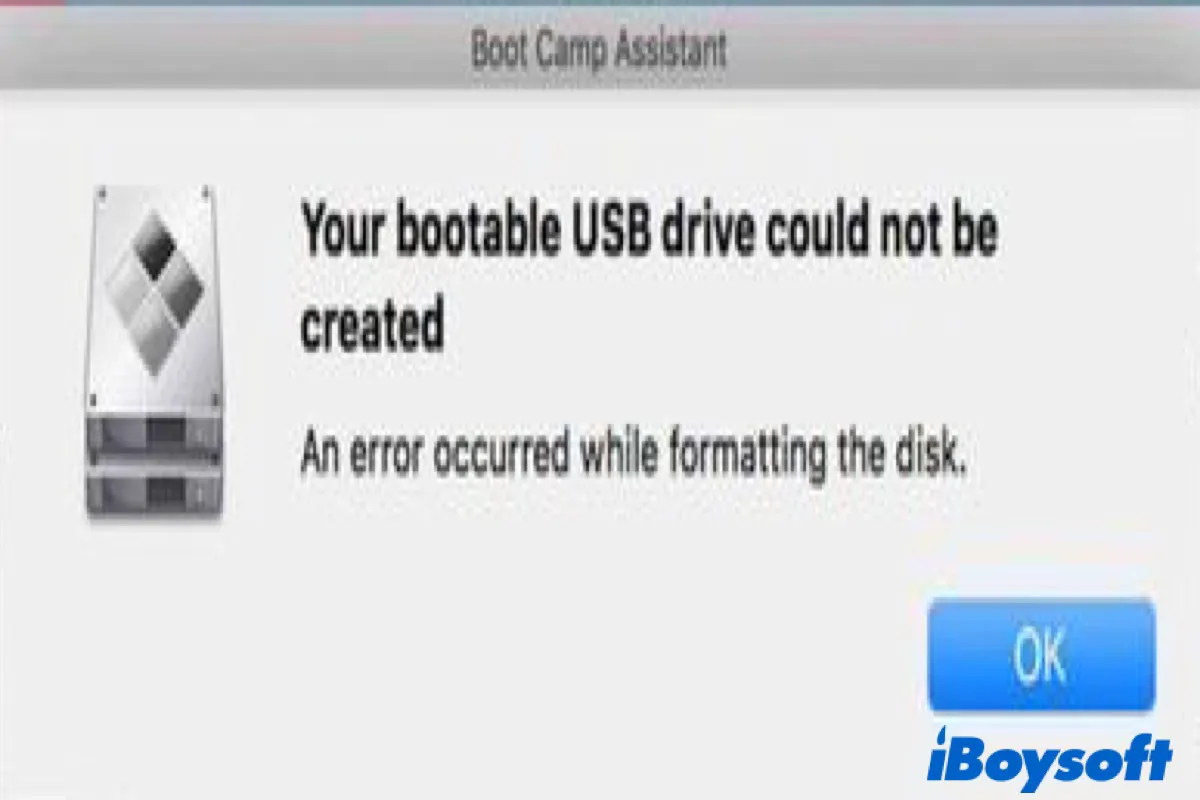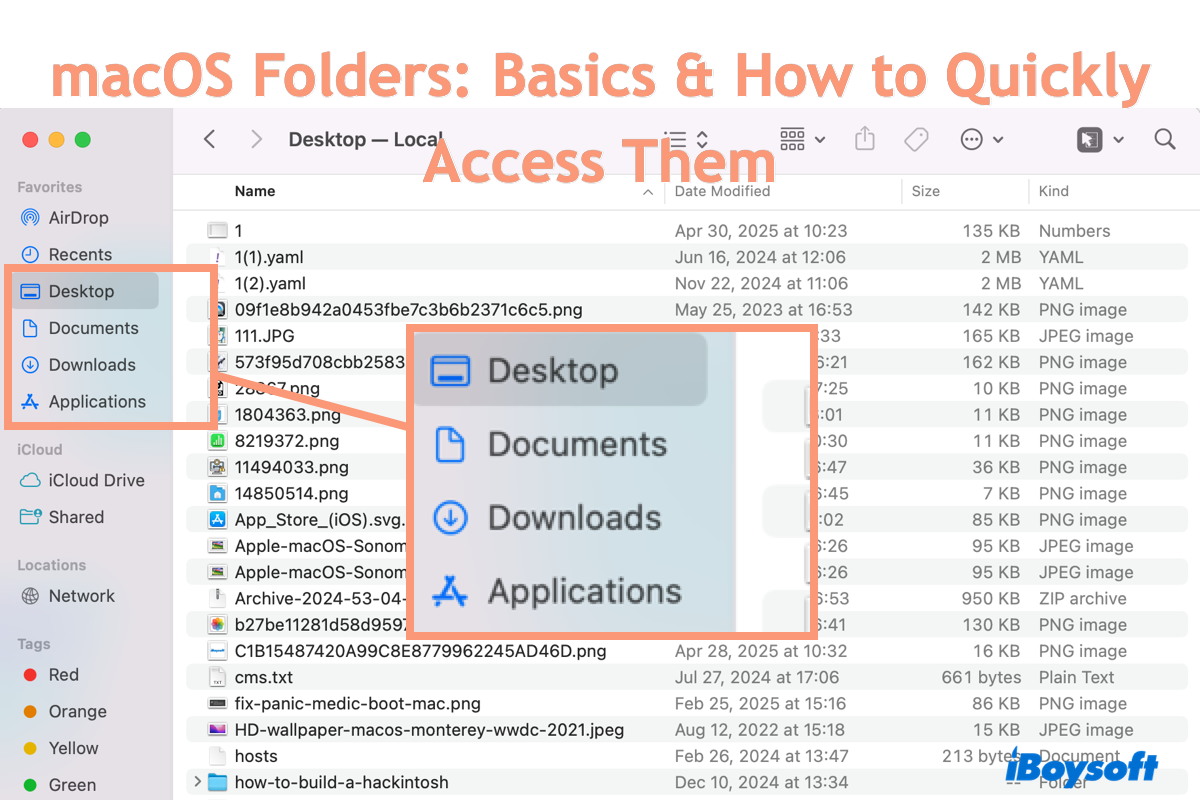Hey, guy. There's no need to replace the internal disks of your old MacBook. To erase a FileVault encrypted drive and reinstall macOS is not as complicated as you think.
Take it easy. You can follow my steps to erase your FileVault encrypted Mac and reinstall macOS on it.
- Reboot your MBP and simultaneously press down Command + R to enter macOS Recovery Mode. You may be asked to enter your login password.
- In macOS Recovery Mode, select Disk Utility.
- Select the Macintosh HD volume and click Erase. If asked, enter your FileVault password (that is the login password), iCloud password, or recovery key to unlock for changes.
- Type a name for the volume and select APFS as the format.
- After erasing the Macintosh HD volume, continue selecting the Macintosh HD - Data volume, right-click on it, and then choose Delete APFS Volume. You may also be asked to unlock the volume for changes.
- Back to the utilities window, choose Reinstall macOS.
- Follow the on-screen guide to finish reinstalling macOS.


